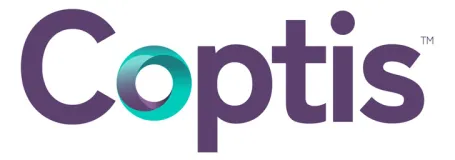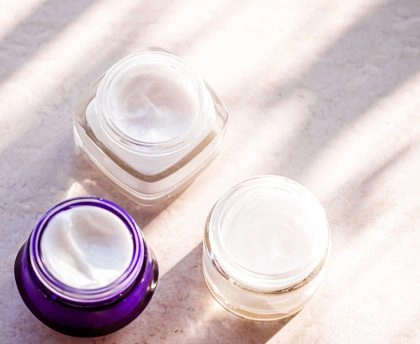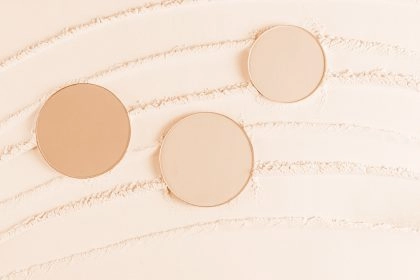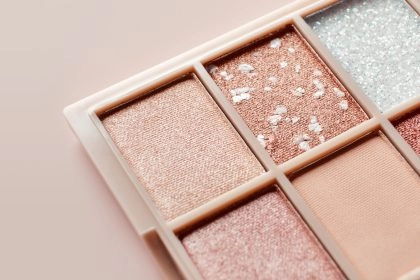Les Bonnes Pratiques des produits cosmétiques
L’entrée en force du Règlement (CE) n°1223/2009, aussi appelé Règlement cosmétique, a instauré l’exigence d’une conformité à des Bonnes pratiques, c’est-à-dire des lignes directrices qui encadrent certains aspects du cycle de vie d’un produit cosmétique. Ce sont les Bonnes pratiques de fabrication (BPF) et les Bonnes pratiques de laboratoire (BPL).
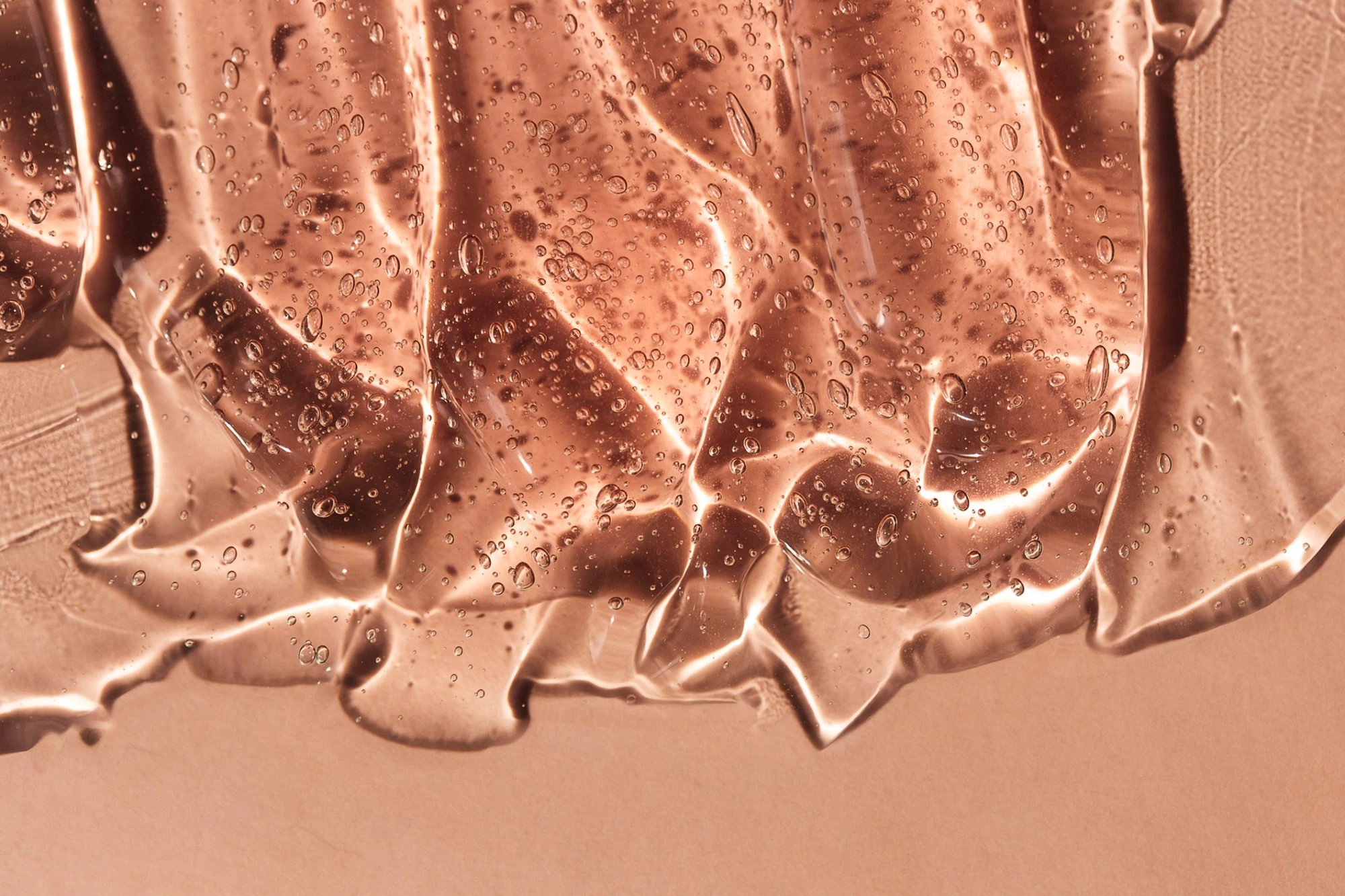
Les Bonnes pratique de fabrication (BPF)
Si l’affaire du Talc Morhange a été l’élément déclencheur des premières réglementations des produits cosmétiques en France, puis en Europe, elle a surtout montré que la fabrication d’un produit cosmétique est une étape critique. Le Règlement cosmétique entérine cette notion puisque l’article 8 énonce clairement « la fabrication des produits cosmétiques respecte les bonnes pratiques de fabrication […] ». Le Règlement ne cite pas explicitement de texte de référence, mais précise que les BPF sont présumées respectées si la fabrication suit les normes harmonisées, c’est-à-dire principalement la norme ISO 22716, que l’on pourrait aussi appeler norme BPF, puisqu’elle donne les lignes directrices relatives aux BPF des produits cosmétiques.
Norme internationale, élaborée par consensus avec l’aide d’experts du secteur cosmétique, la norme ISO 22 716 n’est pas la seule norme ISO cosmétique, mais c’est la plus connue. Elle n’encadre pas seulement la fabrication des cosmétiques, mais également toutes les autres étapes de production : contrôle, stockage et expédition. C’est un référentiel qualité, qui assure la maîtrise des facteurs humains, techniques et administratifs qui peuvent impacter la qualité du produit final. Elle permet ainsi d’obtenir un produit correspondant aux caractéristiques définies. Ses 17 chapitres abordent les différents aspects de la chaîne logistique qui sont :
- Le personnel : la formation, les responsabilités de chacun, l’organisation et l’hygiène ;
- L’équipement et les locaux : la conception des locaux, le nettoyage, la maintenance et le calibrage de l’équipement ;
- La production : la gestion des matières premières, les opérations de fabrication et de conditionnement, les déchets, le stockage et l’expédition ;
- Le contrôle qualité (encadré) ;
- Le système qualité : la documentation, la réalisation d’audits internes, la gestion des modifications, des déviations, des réclamations et des rappels.
Le contrôle qualité cosmétique
Rappelons que la Personne responsable doit attester, dans chaque Dossier d’information sur le produit (DIP) que les BPF sont respectées. Elle doit également s’assurer que ses sous-traitants, s’ils existent, s’y conforment. Si la norme BPF ISO 22716 inclut la notion d’audit interne, il est préférable de faire certifier la conformité aux BPF par un prestataire agréé et reconnu. Cela évite de mauvaises surprises lors d’un éventuel contrôle des autorités de contrôle (ANSM en France, qui consacre environ un tiers de sa campagne de contrôle chaque année aux BPF). C’est également un gage de qualité pour les partenaires commerciaux et l’exportation.
Les Bonnes pratiques de laboratoire (BPL)
Contrairement aux BPF, les Bonnes pratiques de laboratoire (BPL), ne sont pas adossées à une norme, mais à textes réglementaires (pour les cosmétiques, en France : le Code de la Santé Publique et l’arrêté du 10 août 2004 s’y référant). Cependant, dans le détail elles font également intervenir diverses normes. Elles s’appliquent dans de nombreux domaines, comme les médicaments, les produits de tatouages, l’alimentation, l’environnement, etc. Pour les produits cosmétiques, le Règlement (CE) n°1223/2009 exige que les études de sécurité non cliniques nécessaires à l’évaluation de la sécurité d’un produit soit conforme aux BPL (ou à d’autres normes reconnues équivalentes). L’harmonisation internationale des BPL permet d’assurer la reconnaissance des études conformes BPL dans les autres pays.
Comme pour les BPF, l’objectif des BPL est de mettre en place un référentiel qualité autour de l’organisation et du fonctionnement des laboratoires (ou « installations d’essais » pour l’ANSM) réalisant des essais de sécurité non cliniques. Pour les produits cosmétiques, cela concerne tous les tests requis pour assurer de la sécurité du produit pour le consommateur n’incluant pas de sujet humain : tests de toxicologie, tests de tolérance, analyses microbiologiques, tests instrumentaux, etc. L’objectif des BPL est d’assurer la qualité, l’authenticité, la reproductibilité et l’intégrité des données obtenues à des fins réglementaires.
Comme pour les BPF, les BPL encadrent tous les aspects des études non cliniques : le personnel, les locaux, les procédures, le protocole des études, la documentation, etc. La méthode des 5 M résume ces principes :
- Matières premières (identification, contrôle, gestion) ;
- Matériel (identification, calibrage, entretien, procédures d’utilisation) ;
- Méthode (détail, validation, vérification, disponibilité) ;
- Main d’oeuvre (formation, qualifications) ;
- Milieu (environnement et infrastructures).
Un laboratoire souhaitant mettre en place les BPL peut suivre deux procédures :
- La procédure de vérification de conformité aux BPL : en France, c’est l’ANSM qui procède à cette vérification pour les produits cosmétiques. Si la vérification est positive, le laboratoire est donc certifié ;
- La procédure d’accréditation : c’est le Cofrac (Comité Français d’Accréditation) qui en est responsable. L’accréditation prend en compte la compétence technique pour certains types d’analyses.
Conclusion
Qu’elles concernent la fabrication ou les études en laboratoire, les Bonnes pratiques (BPF et BPL) sont des piliers de la qualité des produits cosmétiques en Europe. Elles assurent la traçabilité nécessaire au contrôle du cycle de vie d’un produit, afin de satisfaire au principe fondamental de la réglementation cosmétique européenne : mettre sur le marché un produit sûr pour la santé du consommateur.
Plus ressources qui pourraient vous plaire

